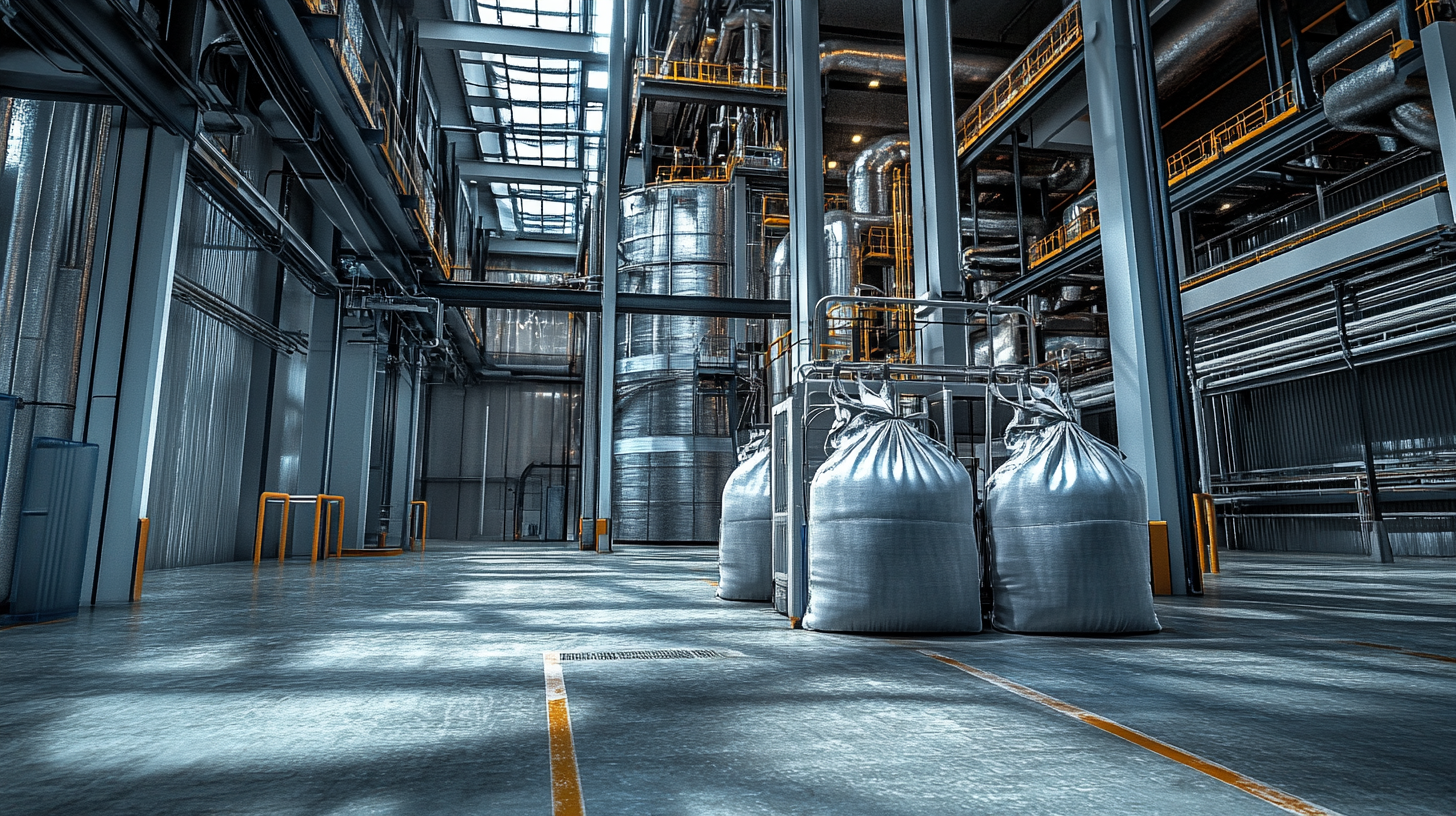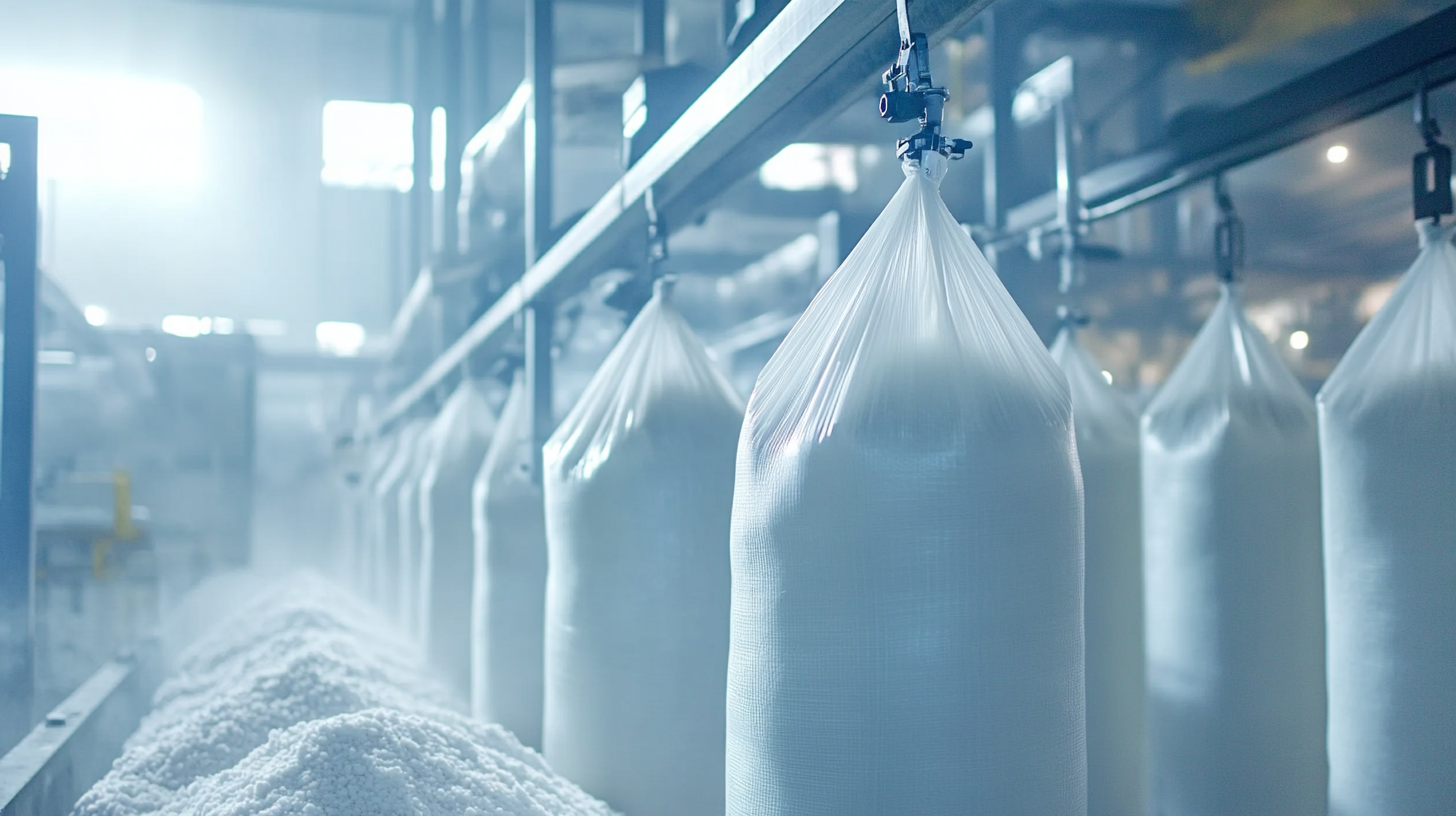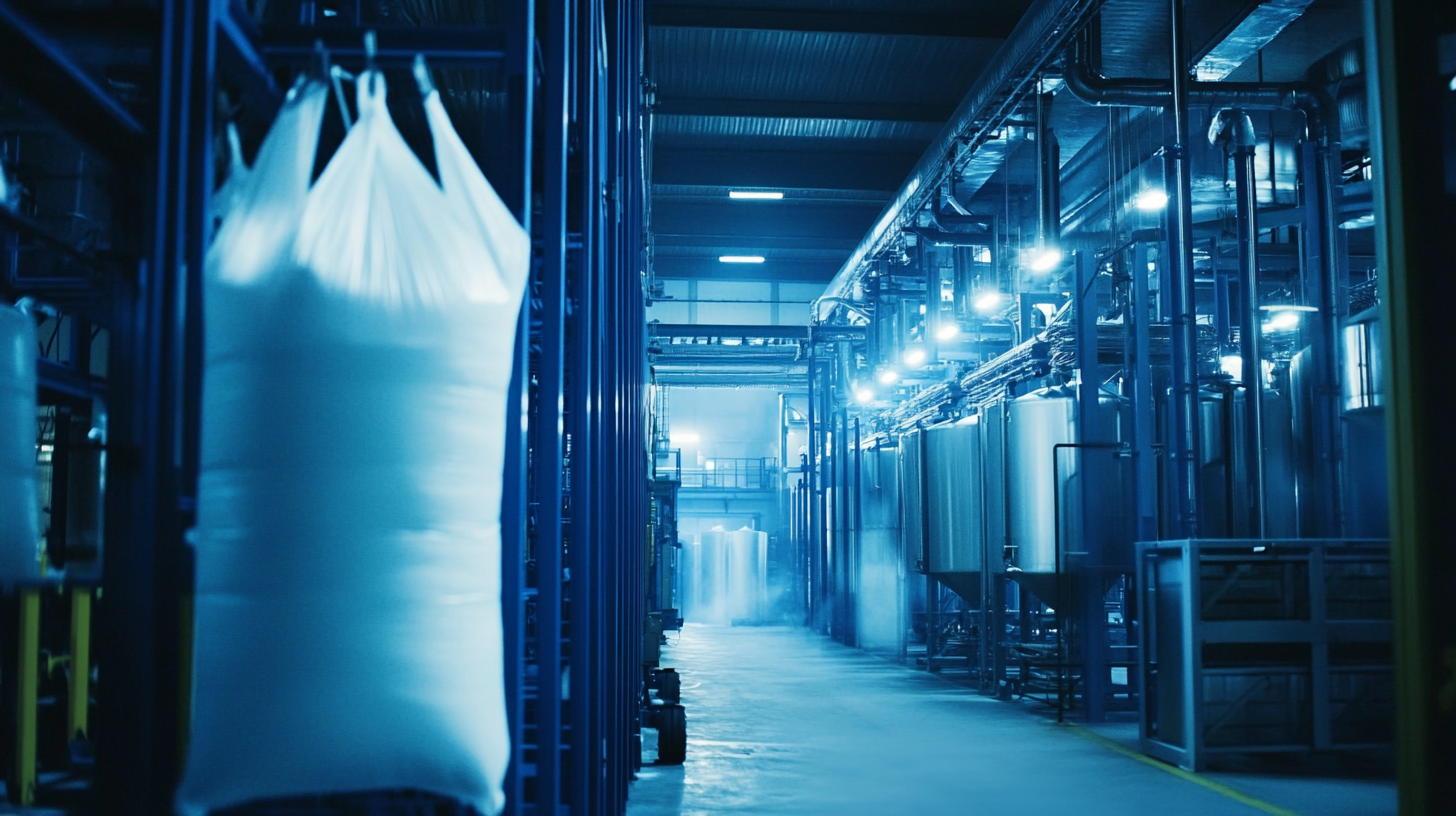Leave Your Message
Request a Quote
In the ever-evolving landscape of industrial filtration systems, the significance of robust bag filtration solutions cannot be overstated. The global bag filtration market is projected to reach a staggering $7.5 billion by 2026, demonstrating a CAGR of 5.2% from 2021 to 2026, as highlighted by recent industry reports. This growth is driven by the increasing demand for effective air and liquid filtration across various sectors, including manufacturing, pharmaceuticals, and food processing. However, the effectiveness of bag filtration systems is often compromised by inadequate maintenance and subpar after-sales support, leading to operational inefficiencies and increased costs. This blog will explore the critical problems associated with bag filtration systems and emphasize the importance of superior after-sales support and maintenance savings, unlocking a future where optimal performance and sustainability in filtration can be achieved.

In the evolving landscape of healthcare, portable air purifiers have emerged as essential tools in maintaining a safe and clean environment. These devices, often called air scrubbers or portable HEPA filters, play a crucial role in reducing airborne pathogens and improving air quality in hospitals and aged care facilities. The efficiency of these air purification systems, however, is significantly influenced by after-sales support and maintenance.
To maximize the effectiveness of portable air purifiers, regular maintenance is vital. Here are some tips: regularly check and replace filters to ensure optimal performance. Clean the device according to the manufacturer's instructions to avoid dust accumulation, which can hinder air flow. Additionally, investing in a purification system with robust after-sales support can lead to long-term savings, as timely servicing can prevent costly repairs and enhance durability.
Moreover, awareness of environmental impact is crucial, especially concerning microfibers released during laundry processes. As advocates for sustainability, healthcare facilities should explore options for microfiber-filtering technologies to mitigate harmful emissions. Employing such strategies not only protects the environment but also upholds the highest standards of patient care.
Effective bag filtration is crucial for optimizing industrial dust collection, particularly in the wake of the ongoing challenges posed by the COVID-19 pandemic. Businesses are increasingly recognizing the significance of superior after-sales support and maintenance strategies, which not only enhance filtration efficiency but also contribute to substantial cost savings. By investing in high-quality filtration systems and adopting proactive maintenance approaches, companies can minimize downtime and extend the lifespan of their equipment.

Tips: To improve your bag filtration maintenance, consider implementing a routine inspection schedule. Regular checks allow for early detection of wear and tear, which can prevent costly repairs in the long run. Additionally, train your staff on best practices for handling and changing filters, as proper techniques can significantly affect the overall performance of your dust collectors. Lastly, keep an eye on advancements in filtration technology, as upgrading to more efficient systems can yield substantial savings and enhance air quality in your facilities.
In the realm of bag filtration, the significance of superior after-sales support cannot be overstated. Real-world case studies illustrate how companies have transformed their operational efficiencies through dedicated maintenance and support services. For instance, a manufacturing facility faced recurring downtime due to ineffective filtration systems. By partnering with a supplier that provided robust after-sales support, they not only resolved their filtration issues but also discovered significant maintenance savings. Regular check-ups and swift response times ensured their systems operated at peak performance, thus minimizing interruptions.
Another compelling case involved a food processing plant that needed to enhance product quality while adhering to strict regulatory standards. With comprehensive after-sales support, the plant implemented tailored filtration solutions that included continuous monitoring and troubleshooting. This proactive approach resulted in not only compliance with safety regulations but also an improvement in overall product quality.
These real-world examples demonstrate that investing in superior after-sales support can yield significant dividends, empowering businesses to unlock their full potential in bag filtration efficiency.
The future of bag filtration technology is increasingly aligned with data-driven advancements, reflecting a broader trend in artificial intelligence (AI) impacts across various industries. As companies strive for efficiency and sustainability, leveraging data analytics is poised to revolutionize how we approach filtration systems. With increased integration of real-time data, operators can monitor filtration performance, predict maintenance needs, and optimize workflows, reducing downtime and enhancing operational efficacy.
Moreover, just as AI applications are becoming intrinsic to user experiences—like in document creation and cybersecurity—bag filtration systems are expected to follow suit. By adopting a data-centric model, manufacturers can offer smarter solutions that not only enhance filtration effectiveness but also provide superior after-sales support. This shift signifies a paradigm where predictive maintenance is no longer a luxury but a standard, reducing costs and elevating service outcomes for businesses reliant on these critical systems. The fusion of bag filtration technology with AI-driven insights paints a promising picture for the industry's future, highlighting the necessity for innovation and adaptation.
| Data Dimension | Current Value | Projected Value (2025) | Percentage Change |
|---|---|---|---|
| Market Size (USD Billion) | 5.2 | 7.8 | 50% |
| Annual Growth Rate (%) | 5 | 7 | 40% |
| Customer Satisfaction Score (out of 10) | 8.0 | 9.2 | 15% |
| Maintenance Cost Savings (%) | 20 | 30 | 50% |
| Average Product Lifespan (Years) | 5 | 7 | 40% |
 The essence of a reliable filtration system extends far beyond its initial installation; it deeply intertwines with the quality of customer service and support following that installation. An effective filtration system is an investment that necessitates ongoing attention, regular maintenance, and timely upgrades. This is where superior after-sales support plays a pivotal role, ensuring that clients are not left stranded after the sale. Knowledgeable customer service teams can provide immediate assistance, troubleshooting, and guidance which are crucial in maintaining optimal system performance and extending the lifespan of filtration equipment.
The essence of a reliable filtration system extends far beyond its initial installation; it deeply intertwines with the quality of customer service and support following that installation. An effective filtration system is an investment that necessitates ongoing attention, regular maintenance, and timely upgrades. This is where superior after-sales support plays a pivotal role, ensuring that clients are not left stranded after the sale. Knowledgeable customer service teams can provide immediate assistance, troubleshooting, and guidance which are crucial in maintaining optimal system performance and extending the lifespan of filtration equipment.
Furthermore, the proactive nature of consistent after-sales support translates into significant maintenance savings. By establishing regular check-ups and monitoring service, clients can detect issues before they escalate into costly repairs. A robust customer service relationship not only enhances the operational efficiency of filtration systems but also fosters a sense of trust and reliability between the service provider and the client. As businesses increasingly prioritize sustainability, the integration of customer service within the filtration system lifecycle must be viewed as a strategic approach to maximizing both performance and cost-effectiveness.

